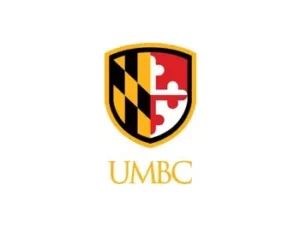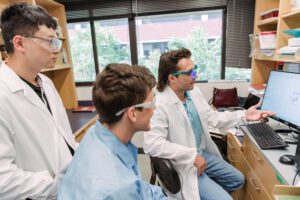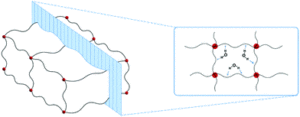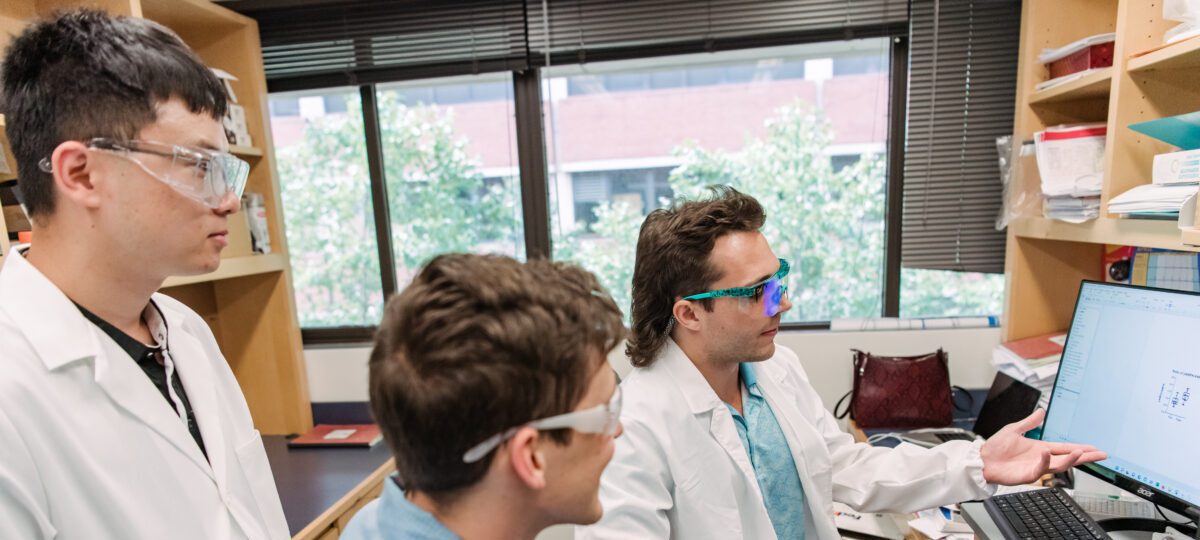To Create Liver on a Chip Research via NIH Grant
 Drug discovery is in a radical digital transformation period. Historically, developing new pharmaceuticals has been a very long – think years or even decades – and expensive – think billions of dollars – process. A large part of the time and cost in bringing new drugs to market is due to animal or human clinical trials that prove the safety and efficacy of the medicine.
Drug discovery is in a radical digital transformation period. Historically, developing new pharmaceuticals has been a very long – think years or even decades – and expensive – think billions of dollars – process. A large part of the time and cost in bringing new drugs to market is due to animal or human clinical trials that prove the safety and efficacy of the medicine.
Now, microfluidic technology has been harnessed to simulate organ function in a compact physical device. Behold: Organ on a Chip technology.
Advancing Liver on a Chip at UMBC

Chengpeng Chen, an Assistant Professor of Chemistry and Biochemistry at the University of Maryland Baltimore County [UMBC], recognized an opportunity to help find new medical treatments for Liver Fibrosis. The disease has no treatment and according to a study in The Lancet, 6% or 480 million people worldwide have the disease often without knowing it, due to lack of symptoms. Liver Fibrosis may also show a connection with cancer, increasing risk of fatal outcomes.
In response to the disease, Dr. Chen is combining 3D Printing with Microfluidic technology, to simulate organ function on a chip. In this case the Organ on a Chip is obviously, the Liver.
Having worked with additive manufacturing technology since 2015, Dr. Chen has seen how 3D Printing can complement and, in some cases, outperform, traditional manufacturing processes.
Dr. Chen likes 3D Printing attributes such as its convenience and ability to prototype very quickly. Also, the resins are very hard and he can generate more micro-structures with precision and accuracy.
Organ on a Chip Technology Innovation

The unique capabilities of microfluidic devices have enabled researchers to create Organ on a Chip, a simulation of an organ’s function. The process is especially useful in testing drugs since the small device can demonstrate how a drug interacts with a human organ. Various organs such as Lung on a Chip, developed at the Los Alamos National Lab, have been modeled, changing the face of healthcare research.
A new five-year, $1.7 million grant from the NIH National Institute for General Medical Science will support Dr. Chen’s interdisciplinary work to advance Liver on a Chip research. While combining 3D Printing with Microfluidic Technologies may not be novel, he has a unique idea to create modular functional units as a kit for anyone with or without specific technical experience.


